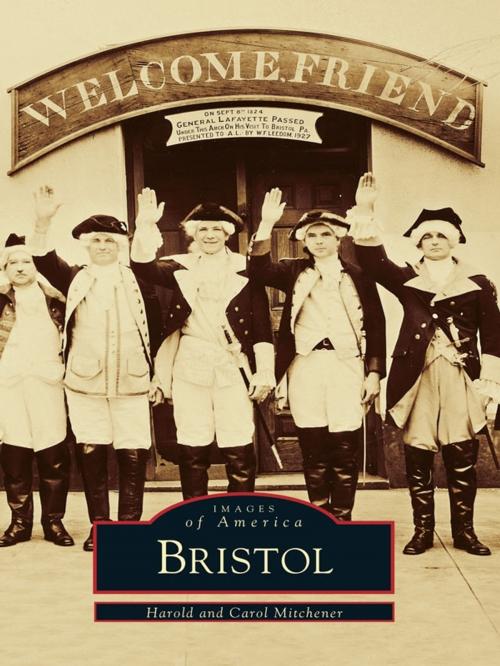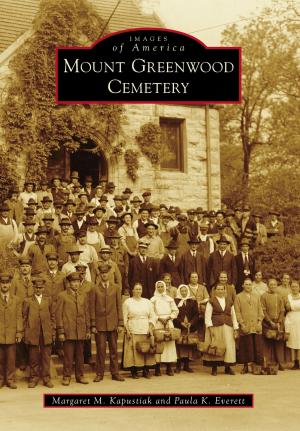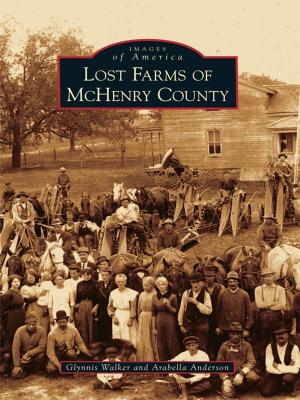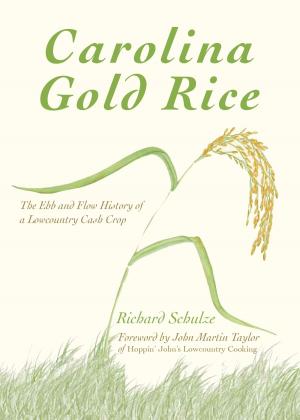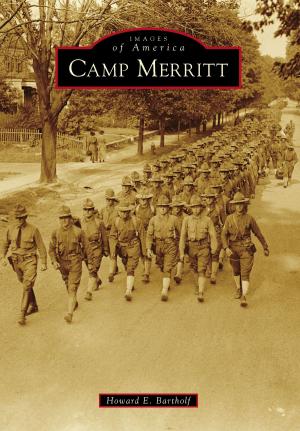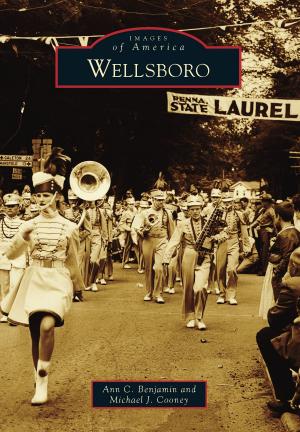| Author: | Harold Mitchener, Carol Mitchener | ISBN: | 9781439610497 |
| Publisher: | Arcadia Publishing Inc. | Publication: | June 20, 2000 |
| Imprint: | Arcadia Publishing | Language: | English |
| Author: | Harold Mitchener, Carol Mitchener |
| ISBN: | 9781439610497 |
| Publisher: | Arcadia Publishing Inc. |
| Publication: | June 20, 2000 |
| Imprint: | Arcadia Publishing |
| Language: | English |
Bristol traces its roots to a grant obtained by Samuel Clift in 1681, William Penn�s establishment of an estate one year later, and to its location along prime transportation routes. Situated below the fall line of the river and along the main route for land travel, Bristol afforded direct access between Philadelphia and New York City. As more people and businesses started to call the new settlement home, Bristol began to find its place in history. Bristol is a pictorial journey to the roots of one of America�s oldest towns. The book beautifully illustrates its development from a countryside encampment, to the government seat of Bucks County, to the setting of major industry. The growth of Bristol is portrayed through the development of its municipal services, organizations, and entertainment facilities. Furthermore, these images attest to the way Bristol responded to conflict, from the Civil War to World War II, by providing ships, airplanes, and its own heroes. A remarkable collection of images from the
Margaret R. Grundy Memorial Library and other sources
tells the story of a truly unique place.
Bristol traces its roots to a grant obtained by Samuel Clift in 1681, William Penn�s establishment of an estate one year later, and to its location along prime transportation routes. Situated below the fall line of the river and along the main route for land travel, Bristol afforded direct access between Philadelphia and New York City. As more people and businesses started to call the new settlement home, Bristol began to find its place in history. Bristol is a pictorial journey to the roots of one of America�s oldest towns. The book beautifully illustrates its development from a countryside encampment, to the government seat of Bucks County, to the setting of major industry. The growth of Bristol is portrayed through the development of its municipal services, organizations, and entertainment facilities. Furthermore, these images attest to the way Bristol responded to conflict, from the Civil War to World War II, by providing ships, airplanes, and its own heroes. A remarkable collection of images from the
Margaret R. Grundy Memorial Library and other sources
tells the story of a truly unique place.
